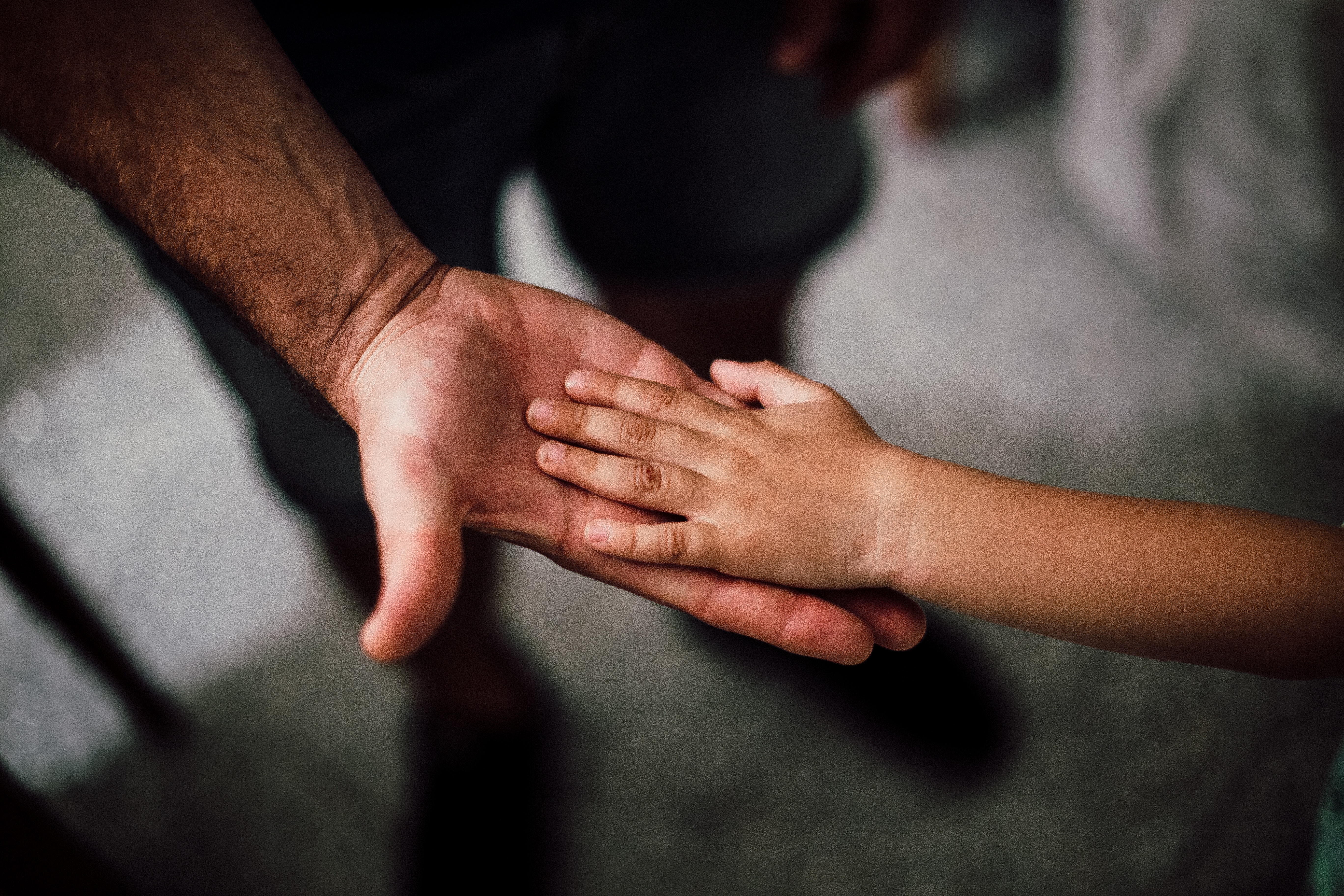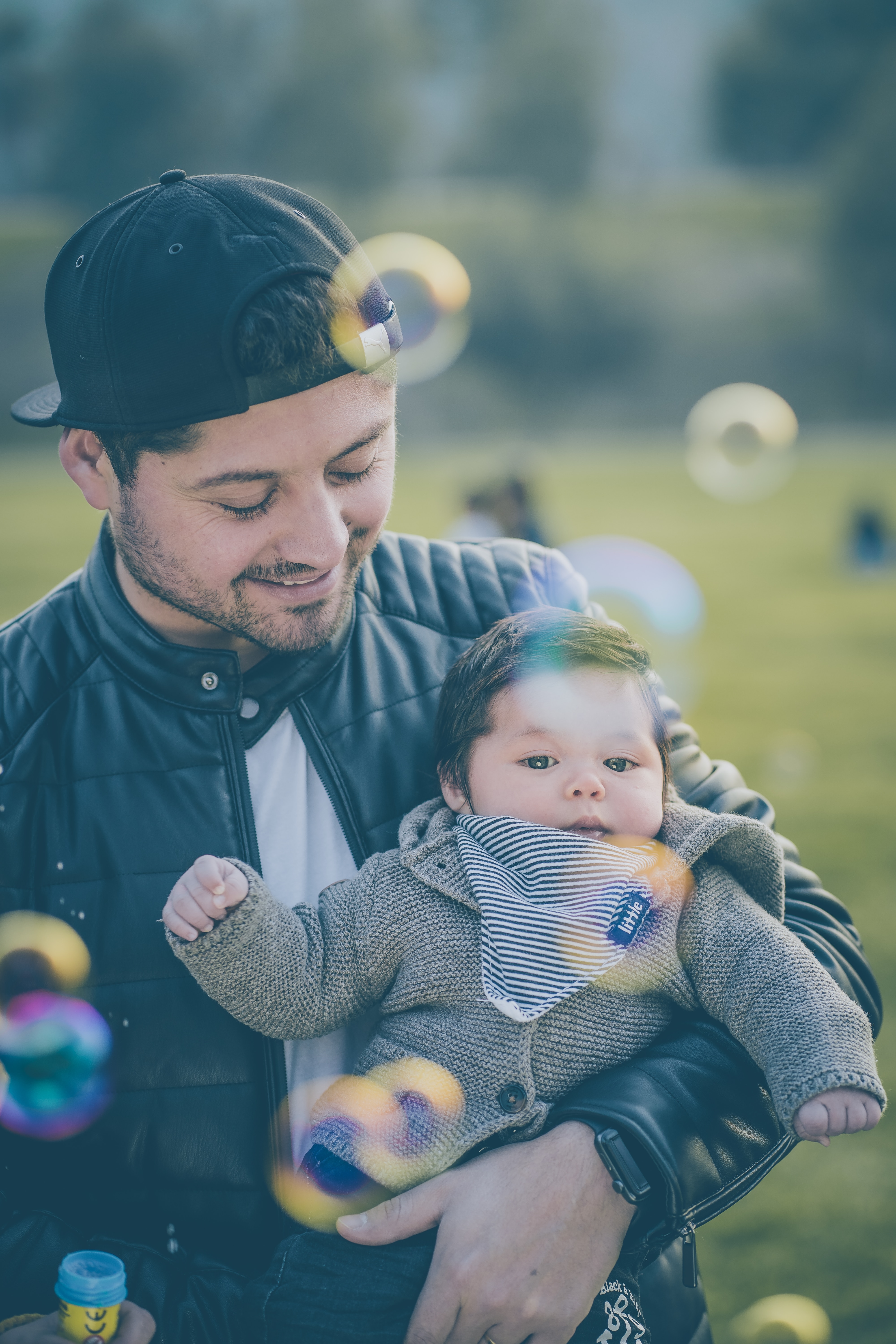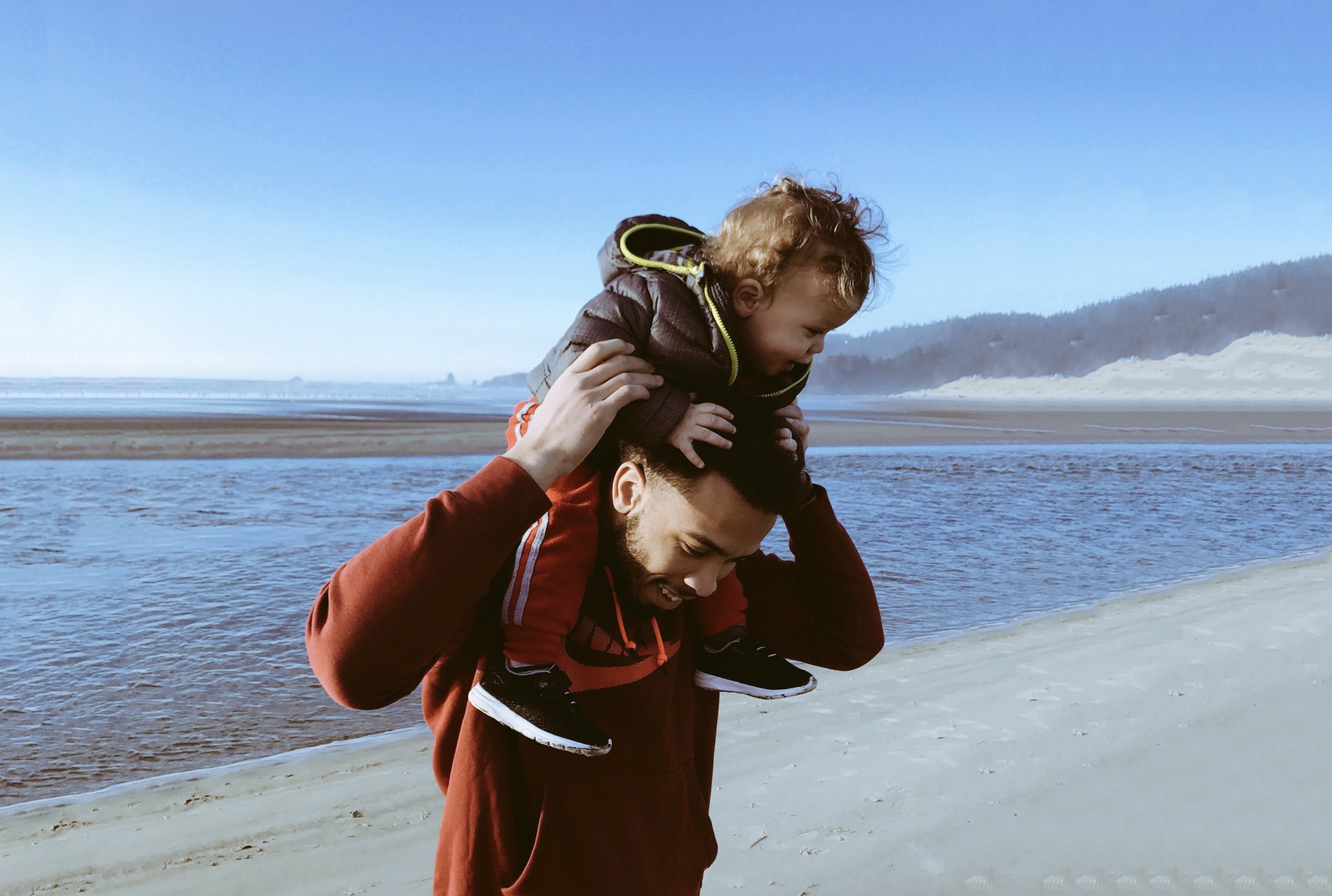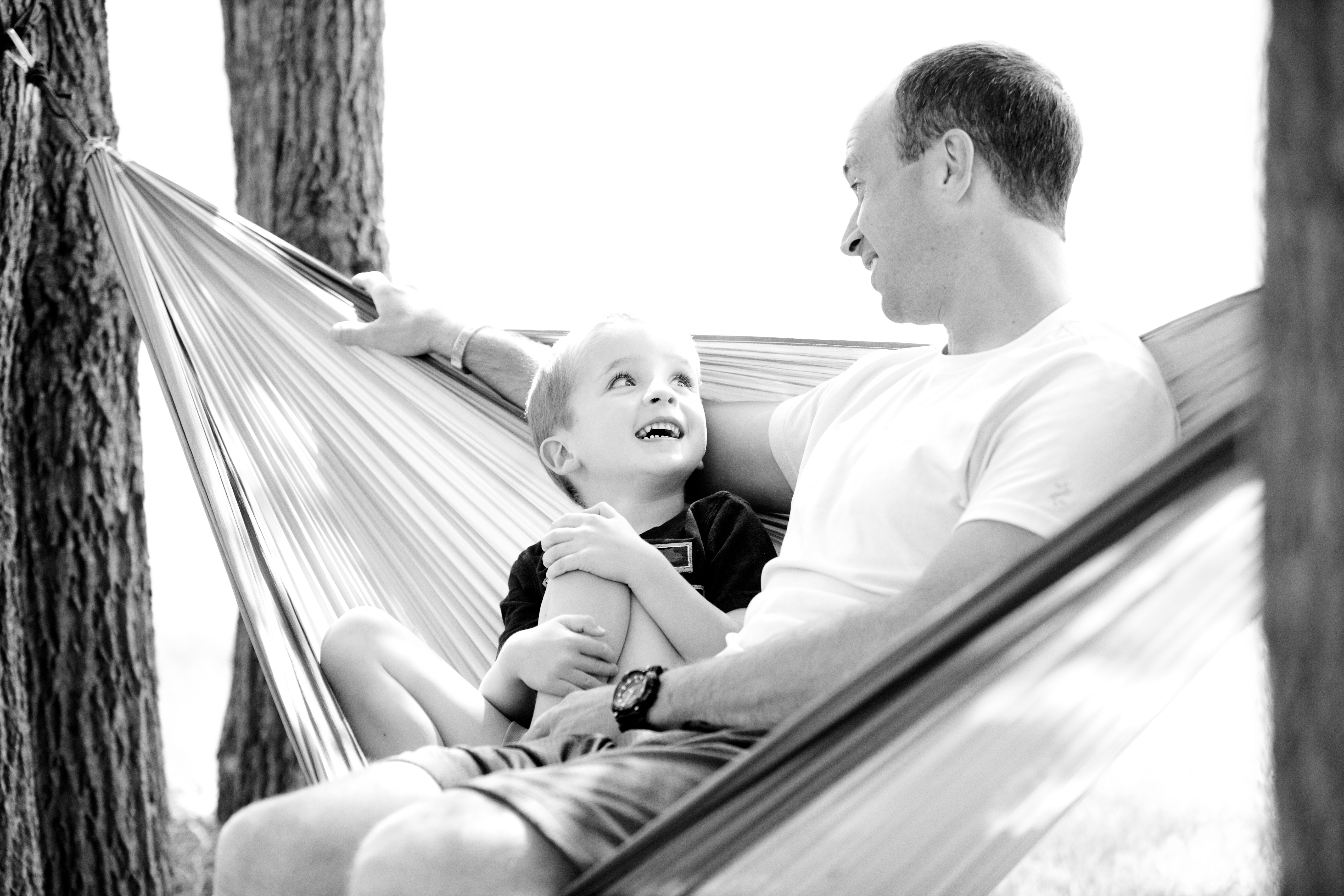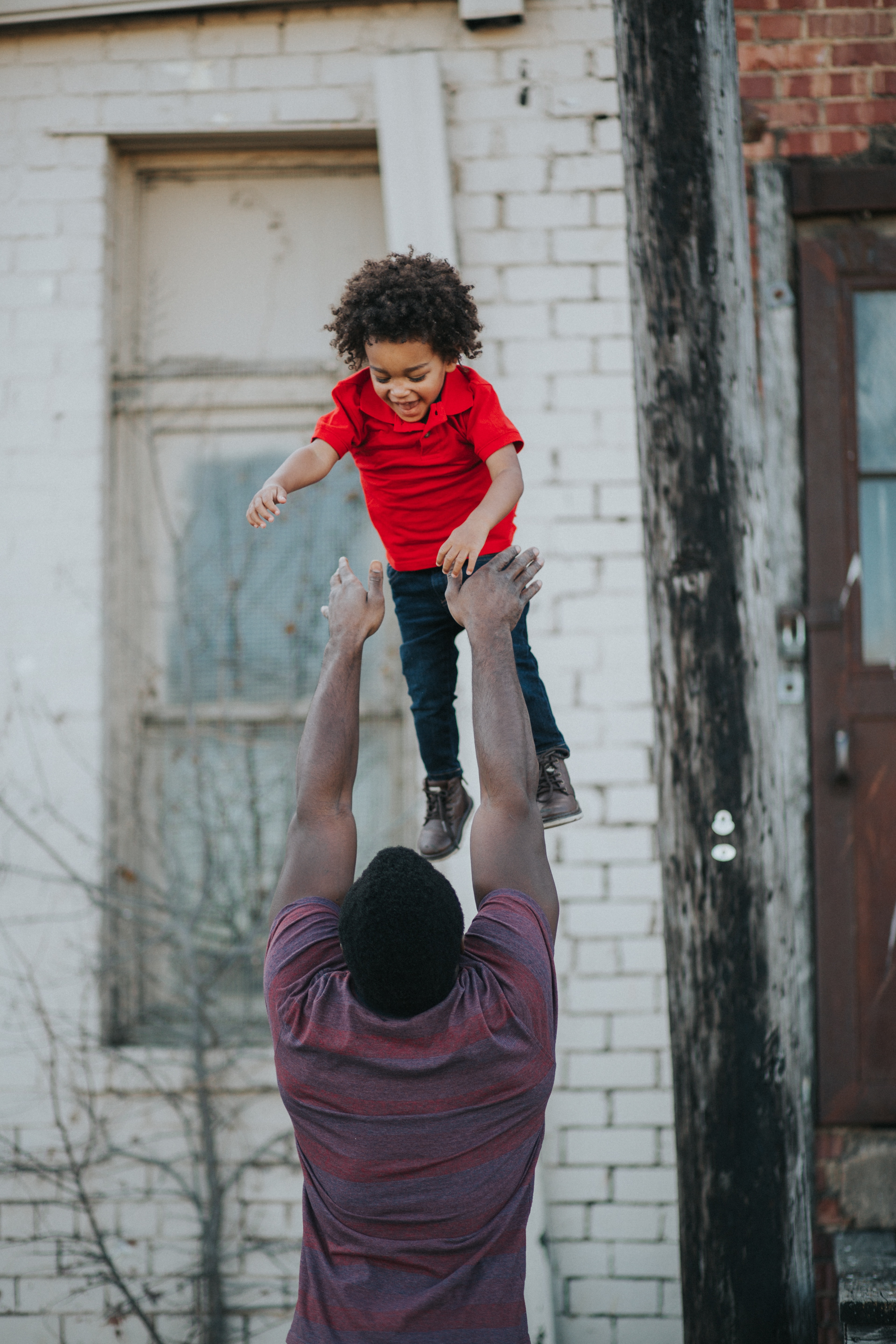
June 24, 2020 by Robert Franklin, JD, Member, National Board of Directors
So, we managed to get past Father’s Day without the usual barrage of dad-hating articles. I’m sure there are some I missed, but, for the most part, it seems like a pretty good year. But it wouldn’t be Father’s Day without at least one, so, here it is (Harvest, 6/20/20).
The writer, Pastor Gregg Laurie, knows nothing about his subject. He makes assertions that are patently untrue and, predictably, unsourced. His swipes at fathers are entirely gratuitous. In short, his article is what we’ve come to expect in the run-up to Father’s Day. The only difference is that Laurie is a pastor and his piece is larded with religious references and a spiritual tone. How Laurie can call himself a Christian and be so dismissive of fathers, I can’t guess.
Here’s Pastor Gregg:
Not only that, but probably more fathers attend church on Mother’s Day than on Father’s Day. Next to Christmas and Easter, Mother’s Day has the highest church attendance. But Father’s Day is one of the days with the lowest church attendance.
Hmm. If Laurie’s right, that’s interesting. I wonder why fathers would go to church on Mother’s Day, but not on Father’s Day. Needless to say, Laurie has the answer.
But on Father’s Day, many dads would prefer staying at home and taking a nap in their La-Z-Boys.
Note that the only reason Laurie can image to explain fathers’ absence on Father’s Day is that they’re lazy (or perhaps La-Z). He can’t imagine that they might be mowing the lawn, changing the oil and filter in the car or painting the eaves on the house. No, if they’re not in church – his church – they’re just La-Z.
Now, what Laurie doesn’t notice, despite having said it himself, is that fathers do attend church on Mother’s Day. He doesn’t stop to wonder why they do that, but, a month later opt out of church on Father’s Day. It doesn’t occur to him that, given a choice, dads tend to reject church in favor of other alternatives, but, to please Mom, attend when she want them to. That act of Christian charity and generosity escapes him, possibly because it’s fathers doing it. You might think that, as a man of God, Laurie would notice an act of Christian giving, but he doesn’t.
But why would fathers opt out of church? Perhaps Pastor Gregg has the answer, albeit again unknowingly.
Unfortunately, men are not stepping up to the plate like mothers usually do. There are exceptions, of course. And there are also wayward moms who are horribly neglectful. But in general, mothers are there for their children. We expect them to be there.
Meanwhile, a lot of dads are missing in action.
Gee, Pastor Gregg, could fathers be rejecting church because of the reception they get from pastors like you when they do attend? Is it possible that, thinking as you do about fathers, they just don’t want your input? I guess it’s not enough for you to be flat wrong about what you say, not enough to have disdained doing even a few minutes of online research into the subject of your piece. No, to all that you had to add a distinctly un-Christian lack of caring about fathers. Where’s the love, Pastor Gregg? Wherever it is, it’s not coming from you.
So how is it that “men are not stepping up to the plate?” Needless to say, Laurie doesn’t get into that. That’s of course because, if he’d actually taken the trouble to learn something about fathers, he’d know that they step up to the plate just fine, thank you. And they do so in an anti-father environment that, at every turn stacks the deck against them. Family law and family courts routinely sideline fathers in their children’s lives; pop culture misses no opportunity to denigrate dads and our educational system nowhere teaches the value of fathers to children. With all that going on, fathers should be forgiven (a word you’d think Laurie would know) for turning their backs on both marriage and children. But they don’t. They soldier on, fighting headwinds every step of the way.
Does Laurie know that fathers do almost as much hands-on childcare as do mothers? Does he know that they still do more of the financial providing for their kids? Does he know the laws and court practices that do everything in their power to deny children real relationships with their fathers? I guess not, because nowhere does he mention any of that.

